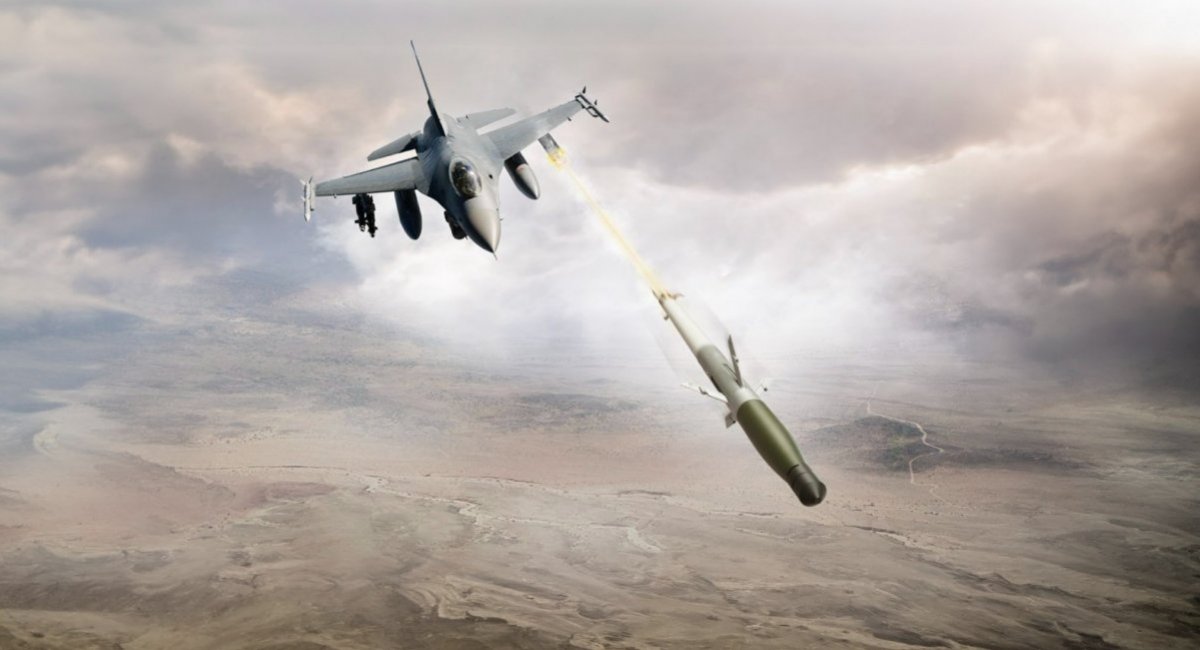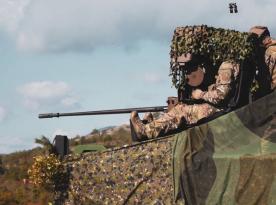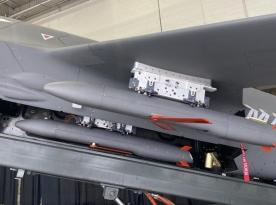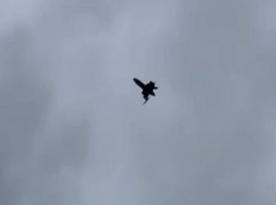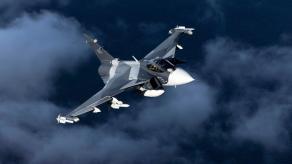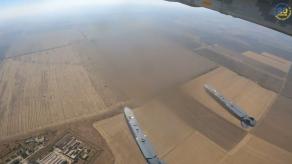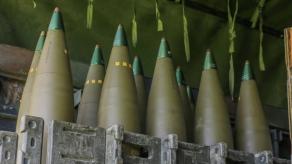The APKWS guided rocket, a budget-friendly yet highly capable weapon against kamikaze drones and cruise missiles, is undergoing a major upgrade under the secret FALCO program (Fixed Wing, Air Launched, Counter-Unmanned Aircraft Systems Ordnance). While details have long remained undisclosed, the previously outlined goal of the program is to boost the rocket’s effectiveness against UAVs.
Now, at the Sea Air Space 2025 conference, BAE Systems has slightly unveiled the shroud of mystery around the APKWS upgrade by specifying that software updates to the fire control system and target tracking were necessary, as reported by Naval News.
Read more: APKWS Will Become Even Better Against Drones: BAE Systems Adds Fire-and-Forget Function
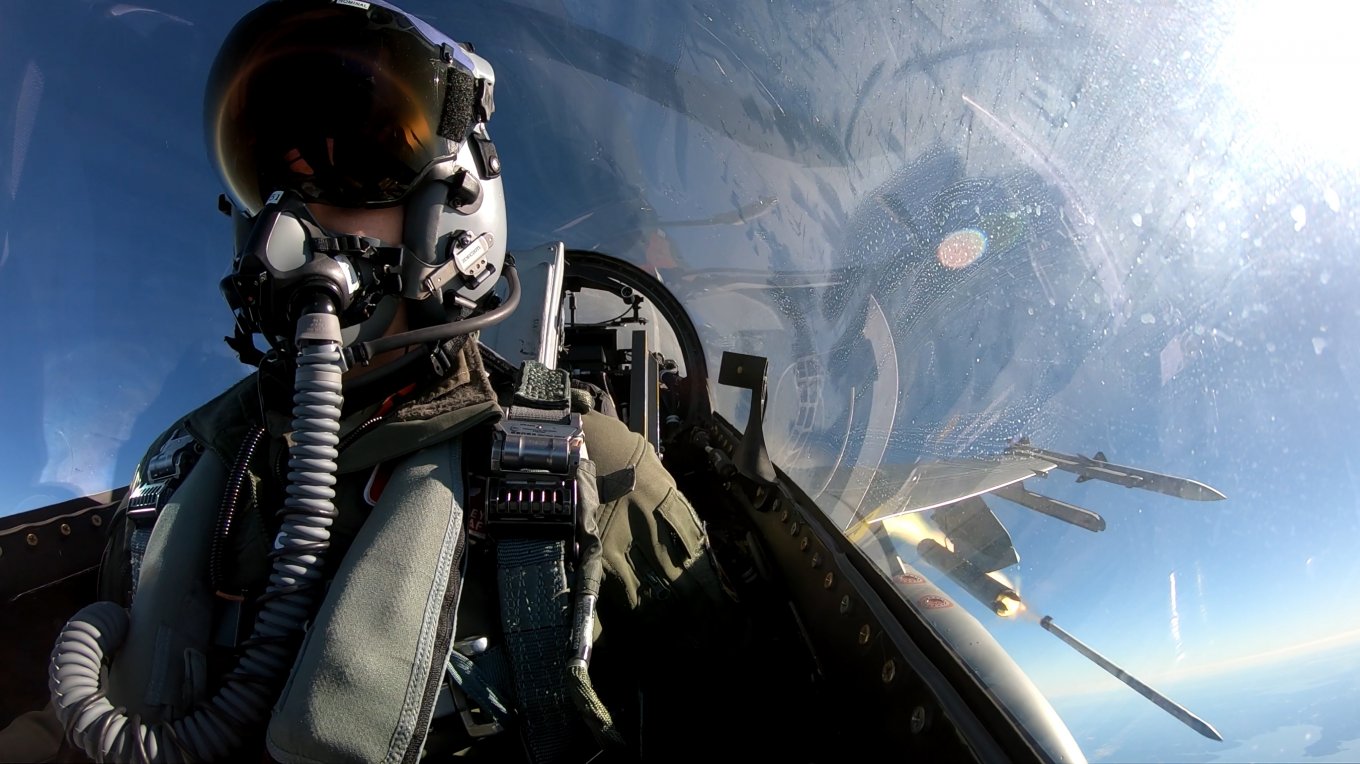
"When you switch to air-to-air, it’s the same interceptor, except now when you shoot, atmospheric effects come into play." Dave Smialek, Director of Business Development in Precision Guidance & Sensing Solutions at BAE Systems, explained in an interview.
The upgraded APKWS has already been tested in combat, with U.S. forces using it to intercept drones launched by Yemeni Houthis over the Red Sea. In late March 2025, U.S. Central Command (CENTCOM) even released footage of APKWS rockets with the FALCO upgrade successfully engaging aerial targets in the region.
U.S. Fighter aircraft shoot down Iran-backed Houthi one-way-attack drones with AGR-20 FALCO Advanced Precision Kill Weapon System (APKWS) Laser Guided 2.75" Rockets.#HouthisAreTerrorists pic.twitter.com/bDoVnKwotc— U.S. Central Command (@CENTCOM) March 19, 2025
APKWS relies on semi-active guidance that homes in on a reflected laser beam. Thus, it requires continuous target illumination using a targeting pod like Litening with auto-tracking mode. Surely, in such conditions, there would be factors like cloudiness that would make tracking of maneuvering targets challenging.
Relying just on semi-active homing alone was deemed insufficient, so the second phase of the FALCO program will introduce an additional infrared homing seeker. The dual-guidance version, first revealed in January 2025, was showcased by BAE Systems at the conference.
Integrating an infrared seeker aims to shrink the amount of time it takes to hit targets. No less importantly, it will enable fire-and-forget capability, reducing the need for continuous target illumination and allowing multiple targets to be engaged simultaneously — an essential advantage against swarm attacks.
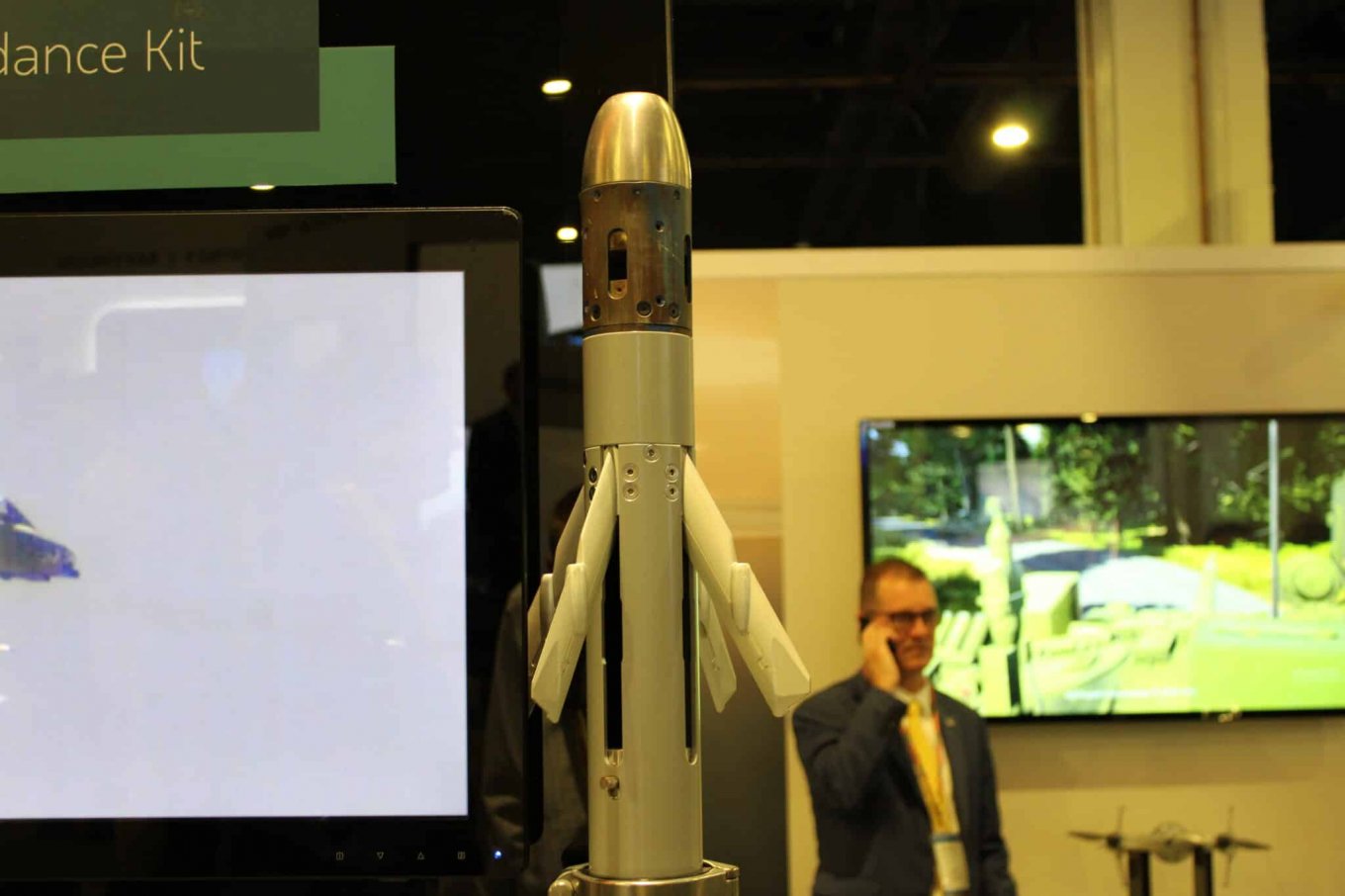
However, as can be seen in the photo, the IR seeker is located in the rocket's nose, meaning the design complexity will go up and the warhead size and power will go down. Previously, APKWS maintained an elegant simplicity where you could convert an old Hydra 70 rocket by squeezing a precision guidance kit with control surfaces between the solid-propellant motor and the warhead.

The cost impact of adding an infrared seeker remains unknown, but the overall efficiency of using inexpensive 70mm rockets for air defense remains a major advantage. In theory, an F-16 armed with APKWS could engage up to 28 drones or cruise missiles in a single sortie, making air-to-air C-UAS combat cost-efficient.
Read more: The Ukrainian Navy Intercepts russian Kh-59 Missile with the APKWS (First Video)




